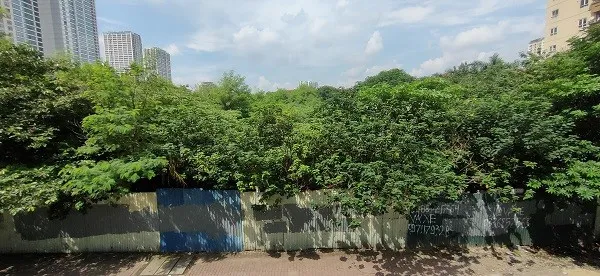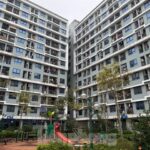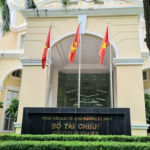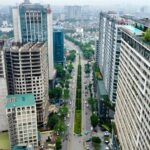Learning from Past Mistakes
The State Capital and Enterprise Investment Management Law, effective from 1/8/2025, removes restrictions on state-owned enterprises (SOEs) investing in real estate. This change in legislation is notable, as it marks a shift from previous limitations on SOEs’ involvement in the real estate sector.
It’s not a new phenomenon for SOEs to venture into real estate investments, and many have diversified their portfolios by investing in this sector. However, the track record of success is mixed. While some SOEs have thrived, others, despite their substantial resources, have struggled to navigate the real estate market effectively.
A notable example is the Bảo Việt Group, a leading insurance company in Vietnam with state capital and foreign investment. Their expansion into real estate has stalled due to several abandoned projects. One such project is the International Finance Tower on a 13,000 sq. m lot in Hanoi, with an estimated investment of VND 3,800 billion. Other stalled projects include Seven Star in Cau Giay district and a high-rise apartment building in Van Dien town, Thanh Tri district, Hanoi.
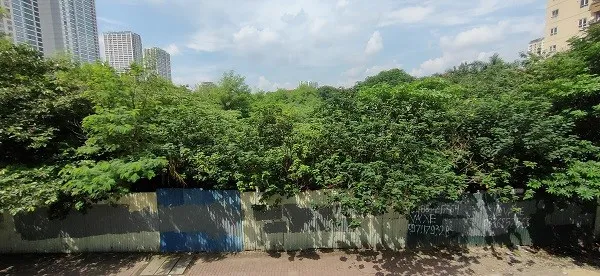
International Finance Tower, a Bảo Việt Group project left abandoned for years.
Another state-owned enterprise specializing in building materials found itself in a similar predicament with an office real estate project in Cau Giay, Hanoi. This project has been stagnant for a decade, with only the basic structure completed despite investing hundreds of billions of VND.
Lilama, a state-owned enterprise under the Ministry of Construction, has a subsidiary, Lilama Land, focusing on real estate. One of their projects, the renovation of the Trung Tu old apartment building in Dong Da, Hanoi, remains on paper.
A Strategic Decision with Social Implications
According to expert Nguyen Quang Huy from the Faculty of Finance and Banking at Nguyen Trai University, allowing SOEs to invest in real estate is a strategic move during the economic restructuring process. It’s not merely an economic decision but a way to redirect public resources to serve societal needs, improve urban aesthetics, and stabilize the market while optimizing national assets.
However, Mr. Huy cautions that past experiences serve as a reminder of the need for boundaries and long-term vision. In the past, SOEs’ indiscriminate investments led to wastefulness, losses, and public asset leakage. Therefore, while opening up opportunities is necessary, it must be accompanied by strict principles and foresight.
Currently, many SOEs hold valuable land banks and outdated headquarters. Transparent conversion of these assets, aligned with urban planning and specific purposes, can unlock their potential, contribute to urban modernization, and enhance capital and public asset efficiency without increasing public investment.
To avoid past pitfalls, SOEs should exercise caution and thorough analysis. Instead of investing heavily in luxury or high-end vacation properties or real estate speculation, they should focus on essential segments that stabilize the market and meet genuine housing demands.
It’s imperative to maintain a distinct separation between real estate investment capital and core business capital. Establishing dedicated subsidiaries with independent reporting and specific investment limits (not exceeding 15-20% of owner’s equity) is advisable. All SOE real estate projects should undergo rigorous scrutiny by authorized state agencies, with periodic reporting, public disclosure of financial and investment performance, independent audits, and clear sanctions for deviations from targets leading to public asset leakage.
“If managed correctly, allowing SOEs to invest in real estate will not only stabilize the market and promote social housing but also serve as a catalyst for efficient public asset utilization and improved urban living standards,” says Mr. Huy. “However, a lack of control, financial discipline, or chasing market trends could result in capital leakage and erode trust in public asset management capabilities.”
Mr. Huy emphasizes that real estate should be viewed not merely as an investment channel but as a tool for social regulation and sustainable development. With SOEs playing their part effectively, their involvement can provide a strong foundation for market stability.
Unlocking Opportunities: Empowering State-Owned Enterprises to Venture into Real Estate
“The head of the Committee for Economic and Financial Affairs, Phan Van Mai, asserts that allowing state-owned enterprises to invest in real estate without restrictions aligns with the government’s regulations and its role as an owner. This decision is a strategic move, reflecting a progressive approach to state-owned enterprise management.”
“Finalizing Surplus Public Asset Management by June 30, 2025: A Directive from the Ministry of Finance.”
The Ministry of Finance has issued detailed instructions, urging local authorities to finalize the disposal of redundant office spaces, land, and other state-owned assets by June 30, 2025. This proactive measure aims to prevent waste and ensure efficient use of resources following the reorganization of administrative units.


























